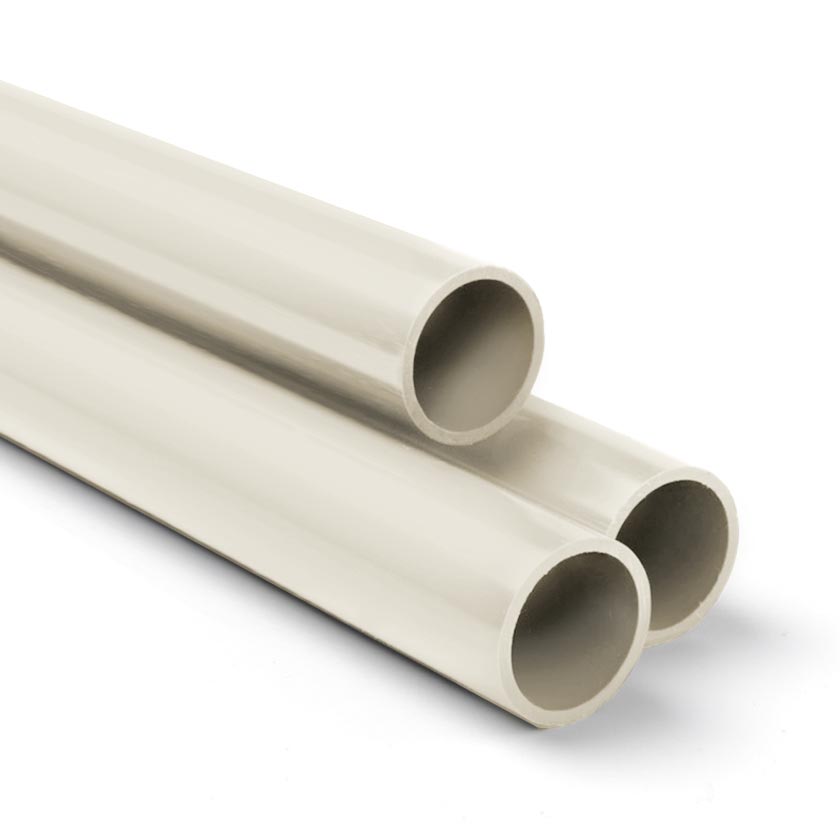POLYPROPYLENE PRESSURE PIPE
UV Resistance
Our polypropylene pipe has good resistance to sunlight and may be used outdoors in the UK. Elsewhere in the world
in extreme UV conditions additional protection may be required.
Chemical Resistance
Polypropylene has good resistance to most agricultural chemicals, acid-based fertilizers, ammonium compounds, calcium carbonate, DDT, hydrochloric acid, ethanol, magnesium sulfate, phosphoric acid, oxalic acid, propionic acid, and sodium compounds.
Polypropylene should not be used with aromatic hydrocarbons, carbon tetrachloride, gasoline, kerosene, hexane, nitric acid, sodium hypochlorite, toluene, trichloroethylene, or xylene.
SEE OUR FULL LIST OF CHEMICAL RESISTANCE DATA
We'll be only to happy to help by providing information in regards to resistances to specific chemicals, if you need help please telephone 0161 655 4298.
Other Properties
Excellent chemical resistance. Excellent impact resistance throughout the operating temperature range, ensuring freedom from breakage during handling, installation or by abuse. Great thermal insulation properties. Smooth bore, resulting in low pressure loss and high volume flow. Resistance to abrasion is better than most other thermoplastic materials making our polypropylene pipe suitable for slurry conveyance.
Installation
Socket Fusion / Electro Fusion
Polypropylene pressure pipe is resistant to solvents, and as such, cannot be solvent welded, like ABS or UPVC pipe; therefore Polypropylene pipe joints must be made by other means. The polypropylene pipe that we hold in general stock is suitable for socket fusion.
Socket fusion is a process whereby a die of the correct diameter is heated and pressed into the opening of the fitting. Simultaneously a die is heated into which the end of the pipe is pressed. This melts the inner surface of the fitting and the outer diameter of the pipe; the pipe is then brought together inside the fitting, where upon surfaces of the pipe and fitting cool and become fused together to create a leak-free pressure resistant joint.







